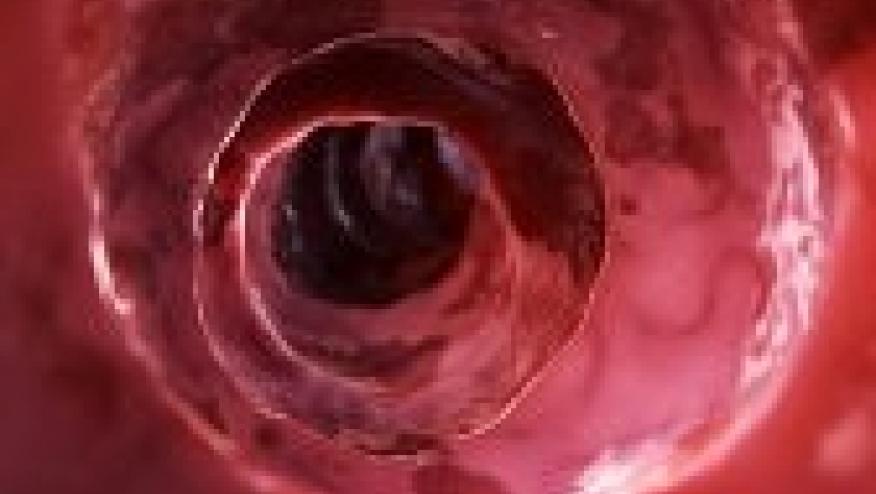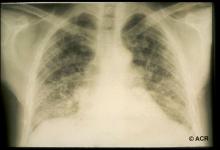Increaed GI Perforations with Tocilizumab Seen in German Registry Analysis Save

The issue of lower intestinal tract perforation (LIP) is no novelty to rheumatologists since the RA treatment paradigm shifted from use of NSAIDs (the most common cause of upper GI tract perforations) to steroids and non-steroidal DMARDs.
While use of steroids decreased with development of new more effective DMARDs, the incidence of LIP did not decline over time as expected. AS many studies confirmed, with majority of DMARDs, the issue of GI complications would only decrease if concomitant glucocorticoid use was reduced by effective therapy (1).
Robust data published to date links IL-6 inhibitor, tocilizumab, to increased risk of lower GI perforations despite lack of comparison data with other MOAs and additional risk factor analysis.
The analysis of data from German biologic registry RABBIT (an ongoing observational cohort study that started in May 2001) was designed to identify risk factors for LIP and assess differences in incidence rates of adverse events occurring under different treatments.
Strangfeld at el. aimed to evaluate incidence of LIPs in patients exposed to TCZ, csDMARDs, TNFi, abatacept or rituximab as their primary end point. Secondary endpoint of the study was to assess clinical signs and symptoms of LIPs in these patients.
Treatment was assigned using a risk window for exposure to bDMARDs: a patient was considered exposed to a certain bDMARD at the time of the event if he/she had received at least one dose of the drug within 3 months (rituximab 9 months) prior to the event. Patients unexposed to bDMARDs in this risk window were assigned to the csDMARD group.
From 37 GI perforations in the lower GI tract, the incidence rate for patients exposed to TCZ was significantly higher (2.7 (95% CI 1.4 to 4.8)/1000 PYs) as opposed to csDMARDs (0.6 (95% CI 0.3 to 1.1) /1000 PYs), TNFi (0.5 (95% CI 0.3 to 0.9)/1000 PYs), abatacept (0.5 (95% CI 0.01 to 2.8)/1000 PYs) and rituximab (0.2 (95% CI 0.01 to 1.1)/1000 PYs).
Twenty-eight of the 37 patients who developed LIP had concomitant GCs, with a daily dose of ≥7.5 mg in 12 patients, but the dose of steroids used in TCZ group was lower than TNFi group. In the multivariate analysis, higher age, current and cumulative use of GCs and NSAIDs were significantly associated with a higher risk of LIP, in addition to treatment with TCZ. Mortality from LIP was higher but not statistically significant in TCZ group.
This study suggests that clinicians must be vigilant about potential risk of LIP while using TCZ, regardless of concomitant use of cDMARDs of GCs.
1. Curtis JR, Xie F, Chen L, et al. The incidence of gastrointestinal perforations among rheumatoid arthritis patients. Arthritis Rheum 2011;63:346–51







If you are a health practitioner, you may Login/Register to comment.
Due to the nature of these comment forums, only health practitioners are allowed to comment at this time.